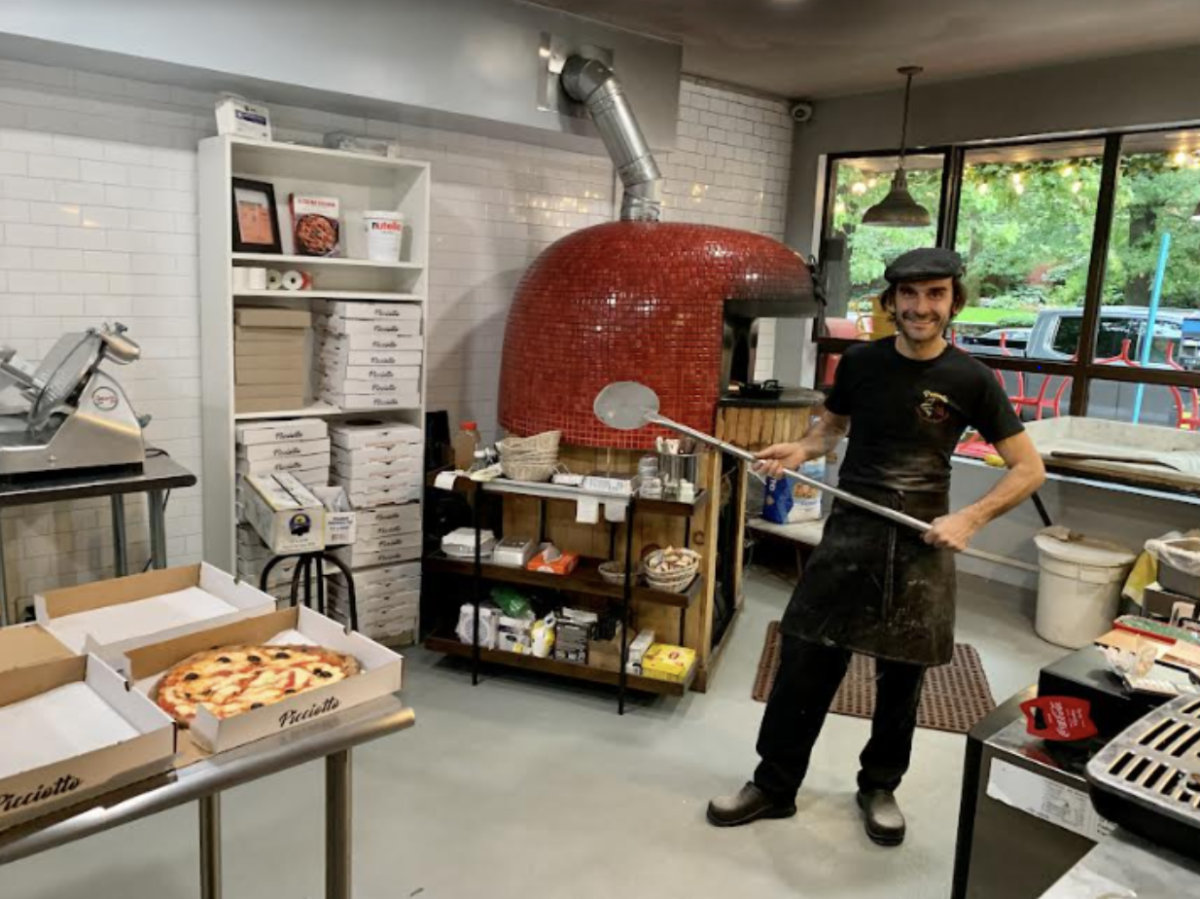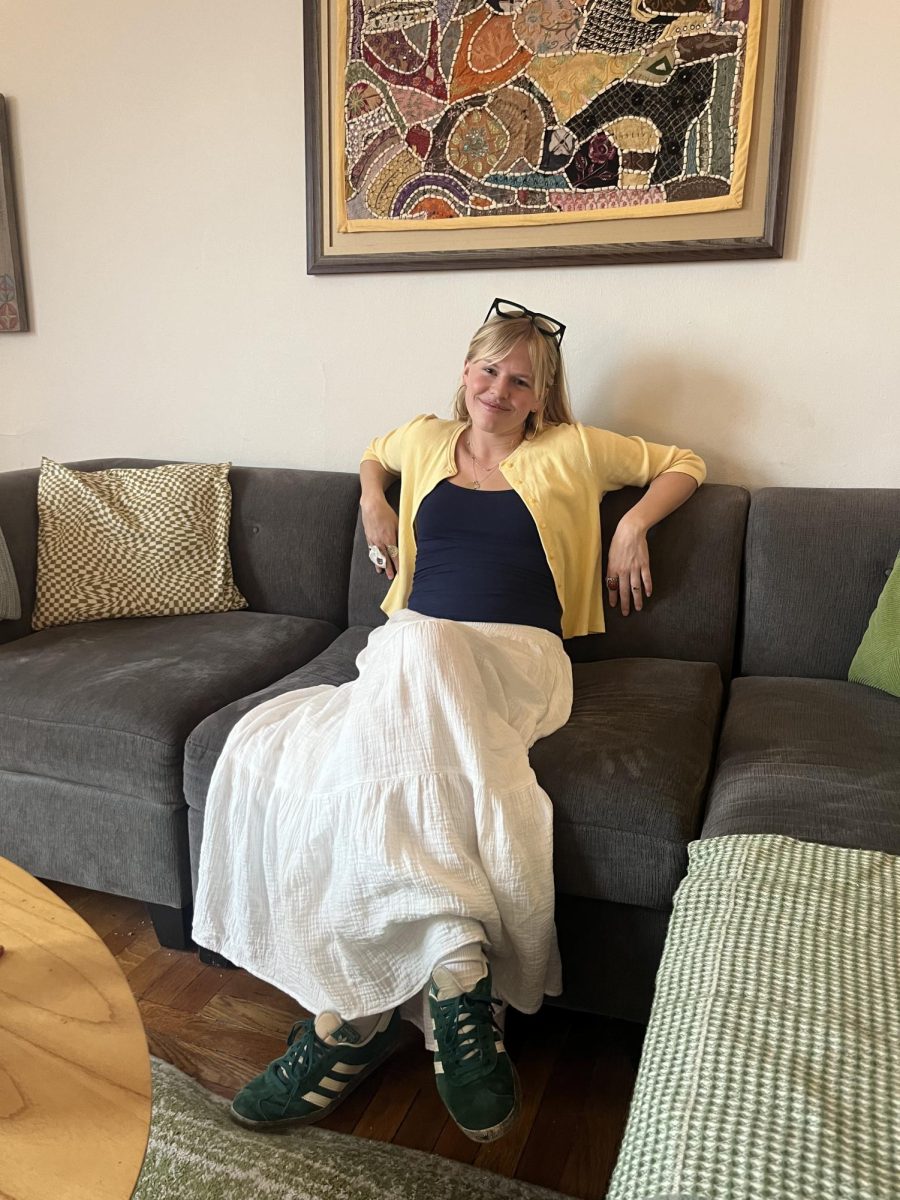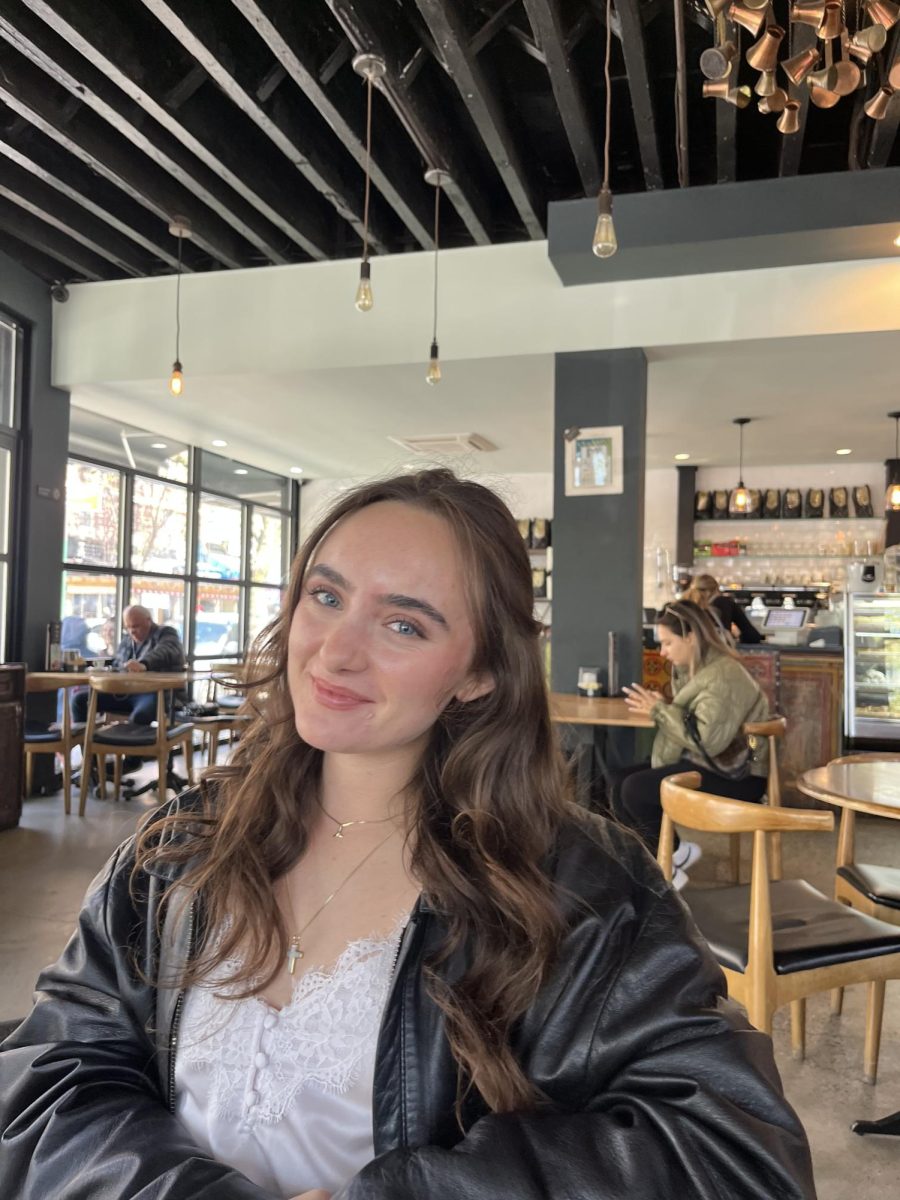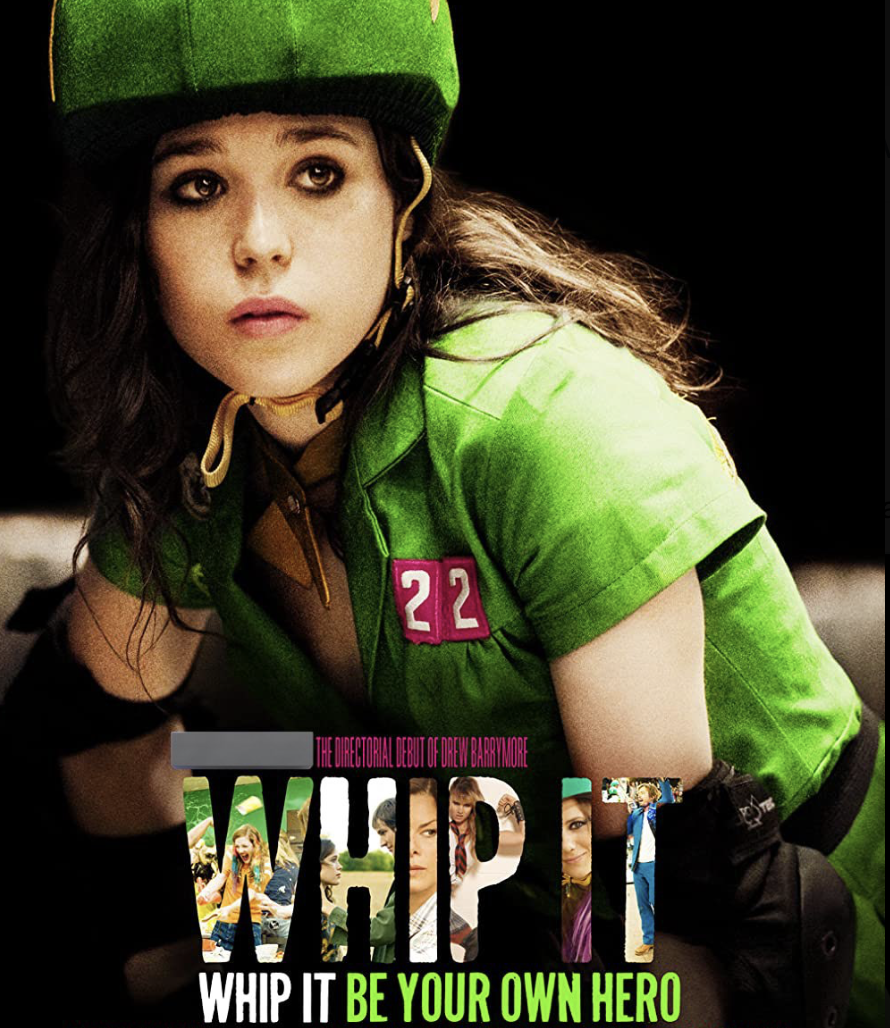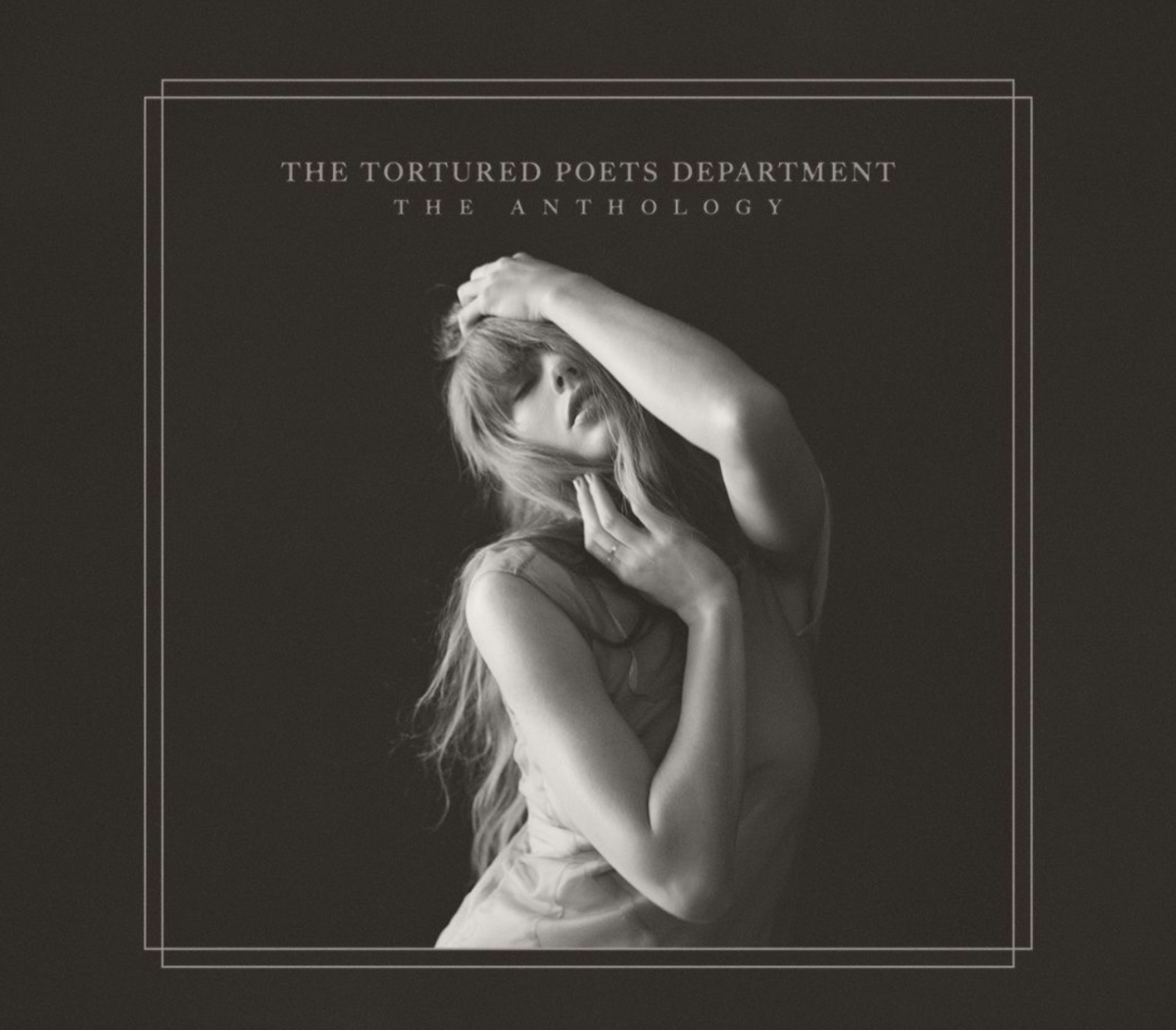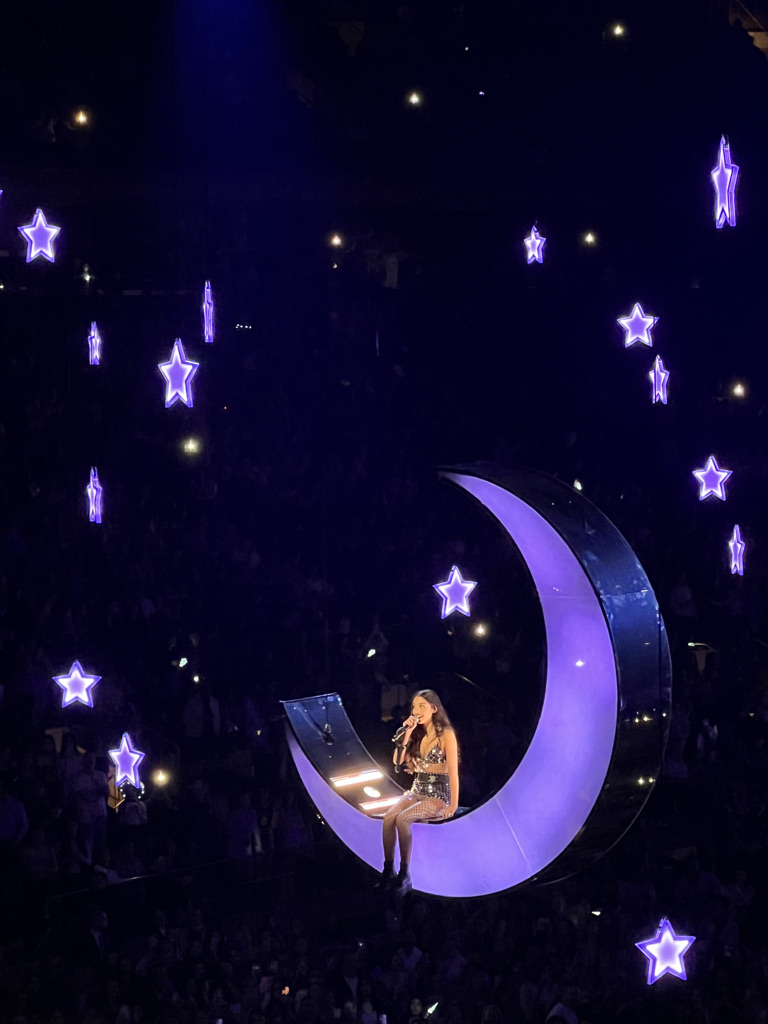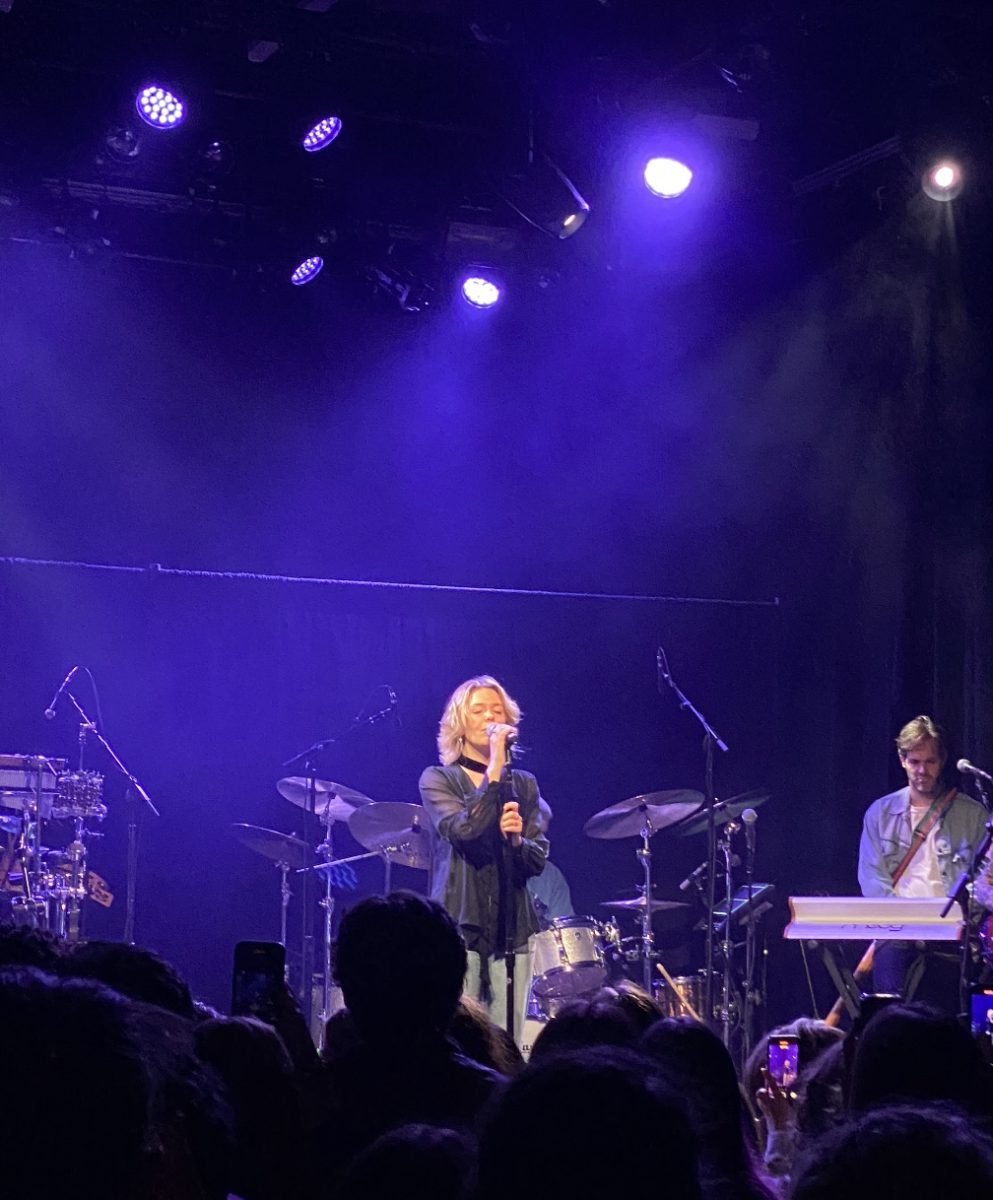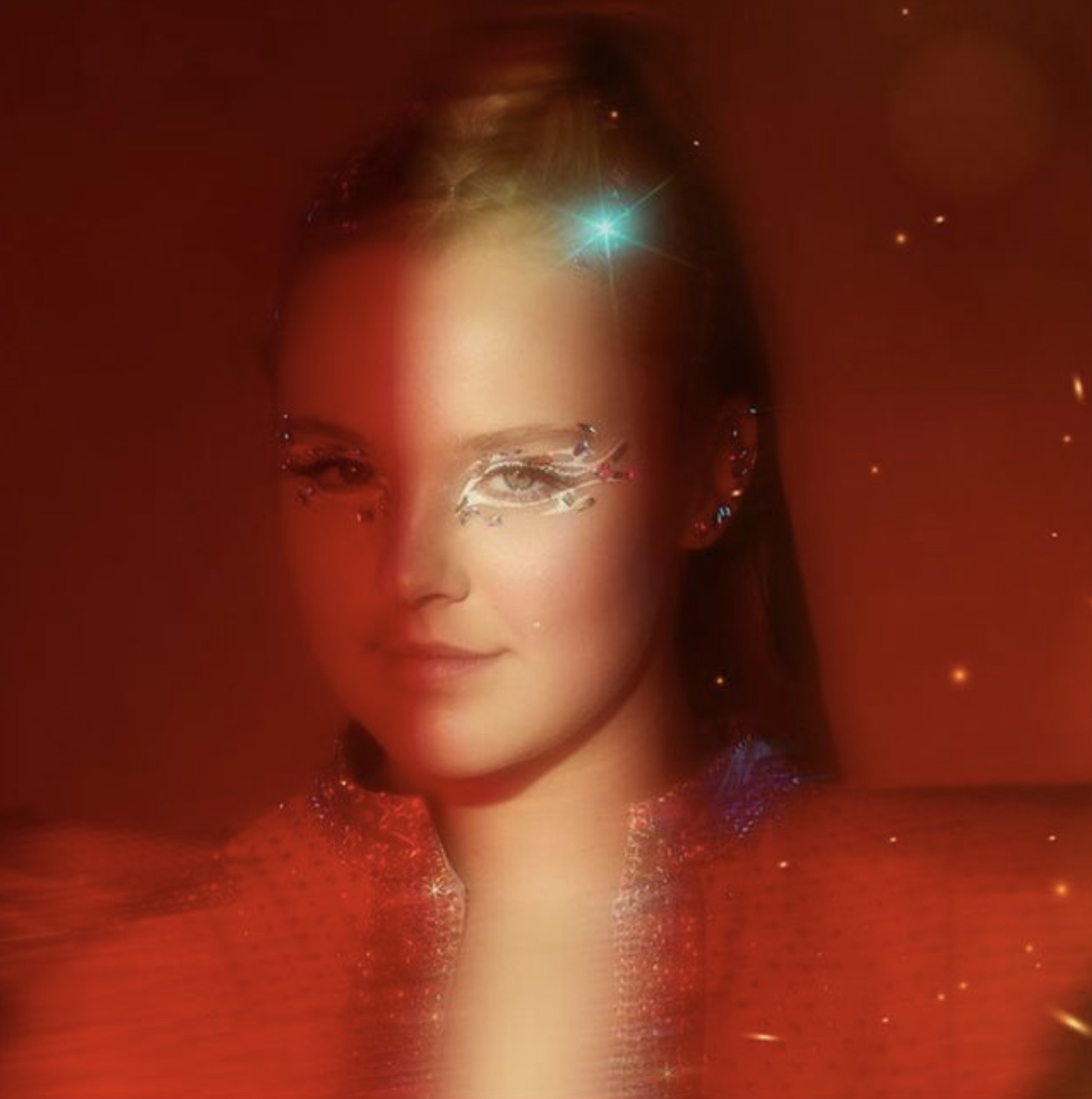By DEVON SHERIDAN

As they tend to do whenever reports of their activity surface, The Strokes sent a ripple through the music blogosphere this weekend when they released the song “One Way Trigger” on their Soundcloud page. The first (still-unofficial) single,“One Way Trigger,” from their forthcoming album, features both more and less of the same from the band. The song opens to a harpsichord-style synth melody, which carries throughout the entire song. Jumpy and erratic, the melody hearkens to the guitar hook in “Under Cover of Darkness,” the first single from the band’s 2011 album, “Angles.” Layered beneath the lead hook, Albert Hammond Jr.’s guitar provides a chord progression and jangly rhythm reminiscent of the sound on the albums Is This It and Room on Fire, the same sound that shot them to fame in the early 2000’s.
The Strokes new electronic sound, which strongly influenced Angles, is accompanied by another new sound: lead Julian Casablancas’ falsetto. Known for his lazy, dripping, almost-baritone vocal style, Casablancas spends nearly half of “One Way Trigger” in a high falsetto. Are these new elements a sign of things to come in the upcoming album? The Strokes claim that they experimented with the new album. Considering the finished products of Casablancas’ many side projects, which are laden with auto-tuned falsettos and driving synth lines, and the influence he has on the band’s songwriting process, the Strokes may very well be heading into a much different direction.
After multiple listens, however, the song, as happens with so many of their other songs, becomes infectious and maddeningly likable. Fabrizo Moretti’s percussion job is metronomic as ever, understated but driving while daring you not to tap your foot along to his snare. At the one-minute mark, Albert Hammond, Jr.’s rhythm guitar comes forward and Casablancas register drops to a more recognizable level while he sings “You ask me to stay/ but there’s a million reasons to leave.” At these moments, the music feels starkly similar to Hammond, Jr.’s solo work. Indeed, it will be interesting to see Casablancas and Hammond, Jr.’s dichotomy of styles, and the amount of influence that either has on songwriting and final cuts, play out on the new album.

